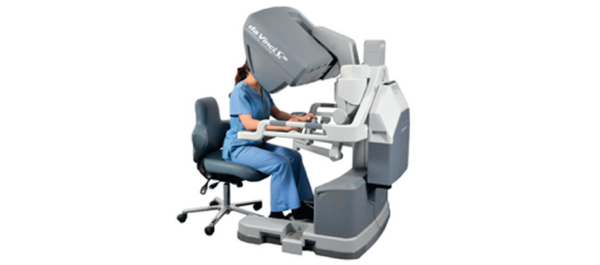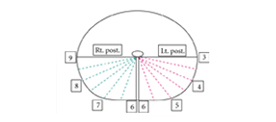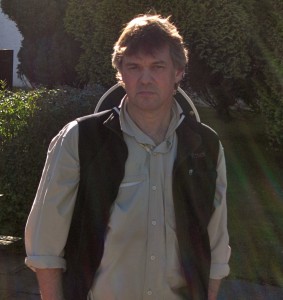Editorial: Prostate cancer families – predicting disease before and after the radical
In this issue of BJUI, Borque et al. discuss a subject that is now very close to my heart. Aged 48 years, I am 6 weeks post radical prostatectomy for a Gleason 3 + 4 prostate adenocarcinoma measuring ~2 mL in volume, with a PSA level of 2.54 ng/mL. Histology reassures me it is organ confined and seminal vesicle negative. My father and his brother both died aged 63 years of Gleason 10 prostate cancer and my brother is awaiting his radical prostatectomy in a few weeks. I have two sons, one of whom has asked me when he should be tested. Any prognostic information is going to help me advise my family.
In all, 85% of prostate cancers appear to be sporadic. The incidence of all prostate cancers is 1 in 8500 under the age of 40 years, rising to 1 in 15 at 60–69 years and 1 in 8 after that. The lifetime risk in the UK for all men is 8–10%.
The genetics of prostate cancer are confused by case clustering; the family members of men with a prostate cancer diagnosis seek out early advice from their physician resulting in detection of some clinically questionable cancers and an apparent higher incidence in certain families. These families do not necessarily have genetically determined prostate cancer.
The lifetime risk is altered dramatically by having two or more first-degree relatives with a diagnosis of prostate cancer; if the disease in the relative is identified before the age of 65 years the risk is increased further. Bratt suggests the risk rises from 15 to 20% when a single first-degree relative is diagnosed aged < 60 years. Zeegers et al., in a meta-analysis, have shown that diagnosing prostate cancer in a relative aged < 65 years increases the relative risk of having prostate cancer by 3.3, and having two first-degree relatives increases the relative risk by a factor of 5.1.
Analysis of a huge database from Sweden including data on 182 000 fathers and 3700 sons with prostate cancer suggest a standardised incidence ratio of 9.4 in men with a father and brother diagnosed with prostate cancer, with further analysis also showing unsurprisingly that the risk increases as an individual ages. Some true ‘prostate cancer families’ have been identified. These families have three or more relatives with prostate cancer often associated with a diagnosis at a young age, possibly with an increased tendency to an aggressive
phenotype; my uncle was 18 months from diagnosis to death from his disease, my father 4 years. In these families, the relative risk in male family members is 3.39 in those where the diagnosis of identified sufferers was made aged > 65 years, and 7.33 where the diagnosis is in men aged < 65 years. These risks which effectively give a lifetime risk in the individual of 45–50% are associated with carriage of a gene identified as increasing the prostate cancer risk. The best identified of these genes is the BRCA2 (breast cancer type 2 susceptibility protein) gene, which is associated with an increased risk of other cancers including breast, ovarian, gallbladder and pancreatic cancer, as well as malignant melanoma. This gene, carried in 1% of
Ashkenazi Jewish families, is associated with prostate cancer families in this population.
Now my prostate has been removed, I need to determine my chance of treatment failure. It would be interesting to know whether my genes and my single nucleotide polymorphisms (SNPs), which have almost certainly been responsible for me developing prostate cancer, can also predict my chance of developing early biochemical recurrence (EBCR) and the possibility of needing further treatment. In the Borque et al. article, I would appear on the first model (Fig. 1) to have a chance of ECBR of between 1 and 5%. This risk, according to this study, could increase to up to 30%, if I was to have four SNPs associated with prostate cancer (Fig. 2). Furthermore, we need to know whether identification of SNPs is any better than other possible predictors of EBCR and disease progression, such as the identification of lymphovascular invasion and tumour volume in the final specimen and the presence of extraprostatic extension, data not included in this study. Incidentally, I had no evidence of lymphovascular invasion.
The authors identify that this study needs repeating, particularly in a more ethnically diverse group (this study included Caucasian origin as an entry criterion), and we await longer term data to see how SNPs predict metastasis and prostate cancer-related death.
Jonathan M. Glass
Department of Urology, Guys & St Thomas’ Hospital Trust, London, UK














